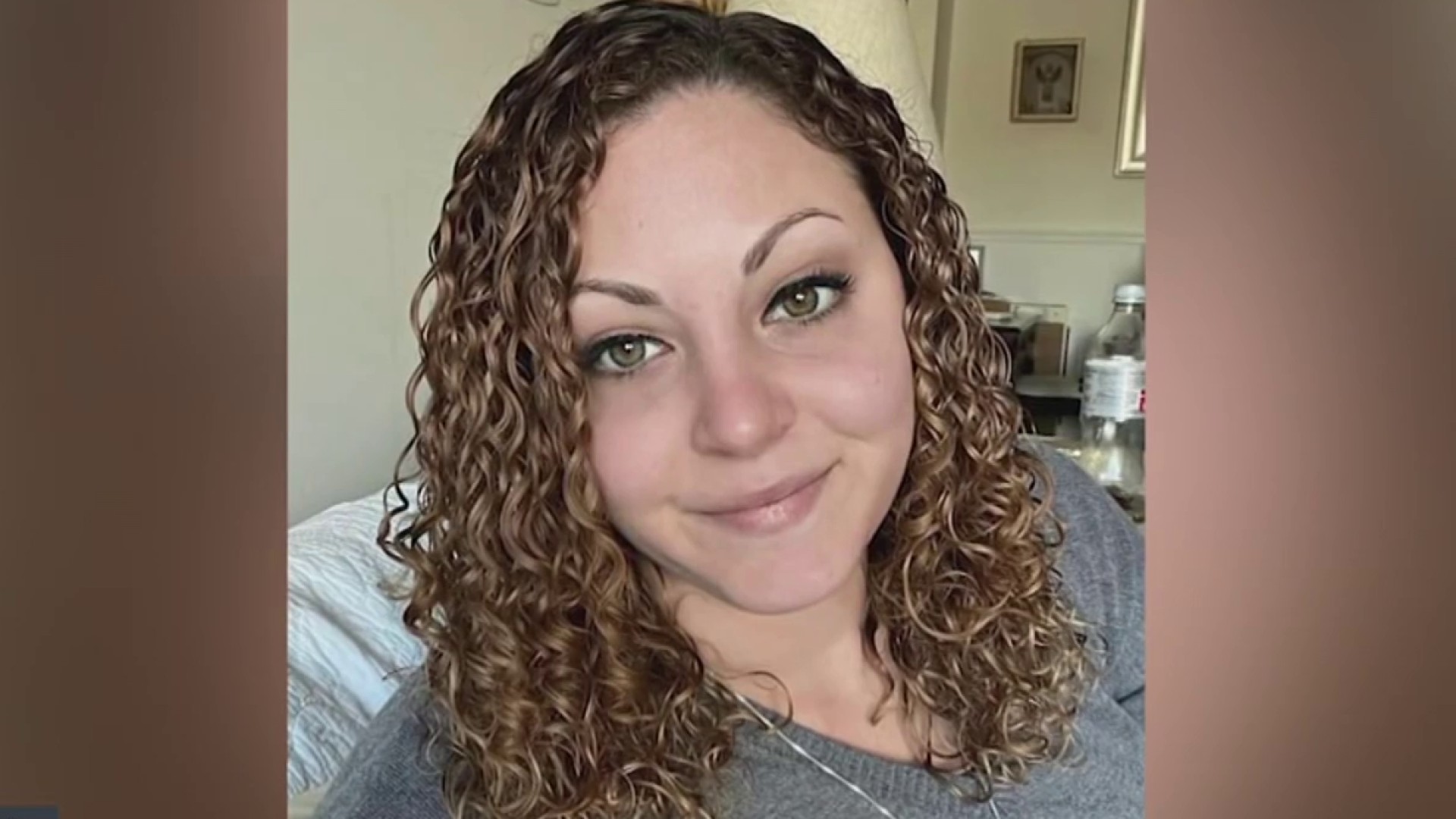Montgomery County, Md., has 34 gangs and more than 1,200 gang members, according to police, and one way law enforcement officials address the threat is by stopping and photographing suspected gang members -- and keeping a record of identifying characteristics, including tattoos.
But in the process, some youth advocates say, innocent Latino teens are being harassed. County leaders, police and advocates are trying to balance the needs of public safety with constitutional safeguards.
At a Wheaton fast food restaurant on University Boulevard, many Latino teens hang out after school and in the early evening. It's very likely some of those teens will have run-ins with police officers.
"An officer, he asked me to raise my shirt to see if I had any tattoos or anything," said Nancy, who asked that her last name not be used for fear of retribution. "I told him no and he had pushed me against the wall. I couldn't say anything at the moment 'cause I was only 16."
Nancy said officers didn't arrest her but took pictures and she doesn't know where those pictures wound up.
Walter, who also did not want to use his last name, said he isn't a gang member or a criminal either, but was pulled over recently.
"They didn't tell me nothing -- they just lifted up my shirt and took the pictures," he said.
Local
Washington, D.C., Maryland and Virginia local news, events and information
He hadn't committed any crime when the police stopped his car, he said.
"They pulled me over because they thought one of my cousins who was in the back looked like a runaway youth they was looking for," he said.
Marvin Esquivel, who counsels at-risk youth, said he hears similar stories from other teens who have been stopped by gang unit officers.
"Sometimes not even just stopped, but also being followed by the police," he said. "You know, being pointed out as gang members when they're not. So they show a lot of frustration and a lot of anger and they mistrust the authority."
Police argue the policy helps curtail gang activity and close cases involving robbery, drug dealing and homicide. The MCPD's investigative photographs policy -- obtained by WAMU through the Maryland Public Information Act -- allows the use of photographs to "aid in criminal investigations."
The policy also states, however, that "consent is required to take photographs of individuals during routine field contacts where there is no 'probable cause' or 'reasonable suspicion of criminal activity'."
Last month, the county’s Latino Youth Task Force issued a report recommending that police review how these stops are being conducted.
County Police Chief Tom Manger says the department aims to treat everyone fairly.
"What we're looking for is for everybody to be treated fairly, everybody to be treated legally, everybody to be treated consistently," he says.
Police officials tell WAMU they have begun to review the policies and procedures pertaining to these stops -- particularly how photos are being taken.
Check back Monday for WAMU's follow-up to this story which will detail one such stop that resulted in a disciplinary action against a Montgomery County gang unit officer.
Listen to the complete story at wamu.org
Copyright 2011 WAMU 88.5 - American University Radio. All Rights Reserved.



